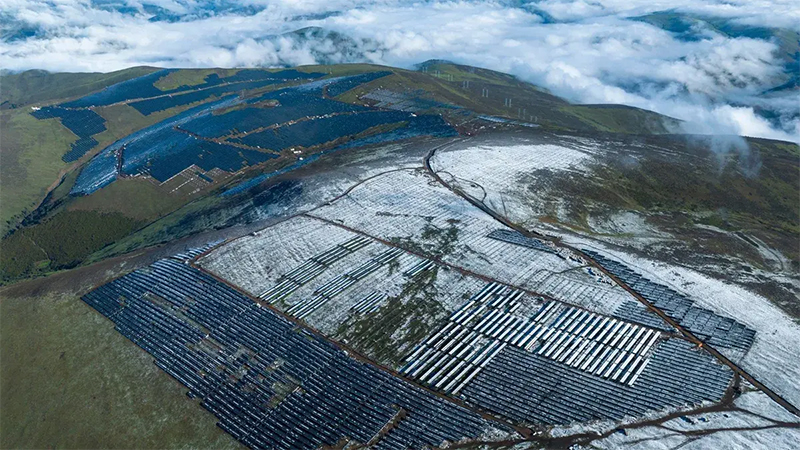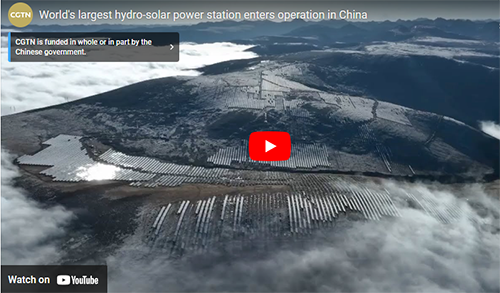
World's largest hydro-solar power plant enters full
operation
By Shubhangi Dua
26 June 2023

World's Largest And Highest-altitude
Hydro-solar Power Station Put Into Operation Liu Zhongjun / China News
Service / VCG via Getty Images
With countries around the world setting environmental goals to reduce
carbon emissions and achieve carbon neutrality by 2050, China, with
its huge economy and ability to get large-scale infrastructure
projects off the ground quickly, has just completed an ambitious
project that combines solar with hydro-electric power production at a
high altitude.
The Kela photovoltaic (PV) power station idea was formed by the Design
and Research Institute of PowerChina Chengdu in 2016 with construction
getting underway in July 2022.
The Global
Times reports that PowerChina Chengdu is responsible for the
surveying, design, procurement, construction, commissioning, grid
connection, and power generation for one-third of the project.
After overcoming the challenges of building at high altitudes with low
oxygen levels, the newly-designed hydro-solar power plant entered full
operations on Sunday, and is said to be the largest of its kind
anywhere in the world.
The PV power station is located in the Yalong River Basin of the
Tibetan Autonomous Prefecture of Garze in southwest China's Sichuan
province.
Watch the CGTN report
below:

Green Play Ammonia™, Yielder® NFuel Energy.
Spokane, Washington. 99212
www.exactrix.com
509 995 1879 cell, Pacific.
exactrix@exactrix.com
|